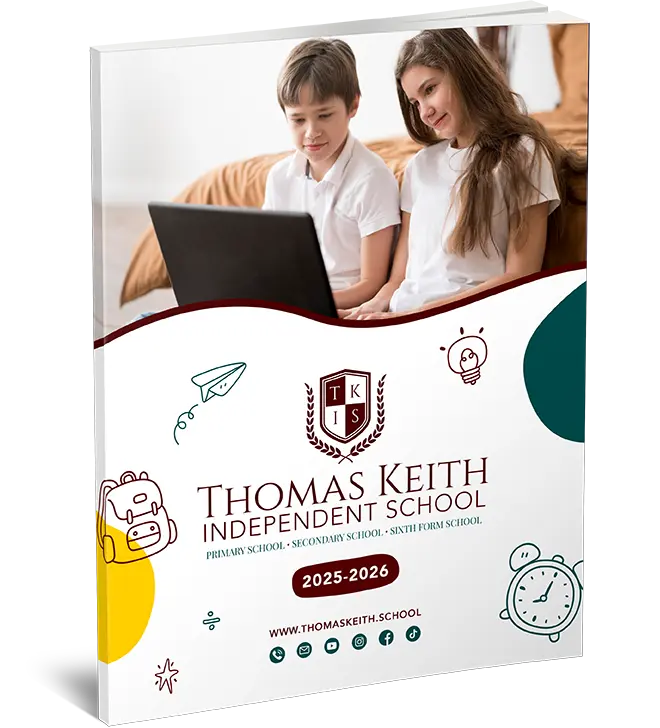
Maximising the Benefits of Homeschool Curriculum Packages: A Comprehensive Guide for British Parents
Advantages of Using Homeschool Curriculum Packages
Homeschooling has gained significant popularity in recent years, and one of the critical considerations for homeschooling parents is selecting the right curriculum. A lot of families choose homeschool curriculum packages, which offer comprehensive materials and resources for teaching various subjects. Let’s explore some benefits of utilising homeschool curriculum packages:
- Convenience: Homeschool curriculum packages provide a structured and pre-planned curriculum, saving parents valuable time and effort researching and organising lesson plans. With a curriculum package, all the materials are conveniently bundled together, ensuring a smooth and efficient homeschooling experience.
- Comprehensive Coverage: Curriculum packages typically offer various subjects, including language arts, math, science, social studies, and more. This ensures that all essential areas of education are covered, giving students a well-rounded education.
- Aligned with Standards: Many homeschool curriculum packages are designed to meet or exceed state and national education standards. This ensures that students receive a high-quality education comparable to traditional schooling, reassuring parents and facilitating a seamless transition if needed.
- Support and Guidance: Curriculum packages often provide teacher guides, answer keys, and additional resources for help. These resources can be invaluable for parents new to homeschooling or needing extra assistance teaching specific subjects.
- Flexibility: While curriculum packages offer structure, they also allow for flexibility. Parents can adapt the curriculum to suit their child’s learning pace, interests, and strengths, fostering a personalised educational experience.

Evaluating Different Homeschool Curriculum Packages Based on Teaching Styles
Selecting the right homeschool curriculum package is crucial for creating an effective learning environment tailored to your child’s needs. When evaluating different curriculum packages, it’s essential to consider your teaching style to ensure compatibility and maximise your child’s educational experience. Let’s explore some important factors to consider when matching curriculum packages with your teaching style:
Teaching Approach: Different curriculum packages employ various teaching approaches, such as traditional, classical, Montessori, or unit studies. Identify your preferred teaching style and look for curriculum packages that align with it. For example, a unit studies-based curriculum fits if you prefer a hands-on and experiential approach.
Learning Preferences: Consider your child’s learning preferences. Do they thrive with visual aids, hands-on activities, or auditory instruction? Look for curriculum packages that cater to these preferences, offering diverse learning materials and resources that engage your child effectively.
Flexibility and Adaptability: Evaluate how flexible the curriculum package is regarding customisation. Some packages allow pacing, content, or learning method adjustments, enabling you to adapt the curriculum to your child’s needs and interests.
Special Needs Considerations: If your child has special needs, ensure that the curriculum package provides appropriate accommodations and resources. Look for containers that offer specialised materials, multisensory learning approaches, or additional support for specific learning challenges.
Reviews and Recommendations: Research reviews and recommendations from other homeschooling parents with similar teaching styles. Their experiences can provide valuable insights into the strengths and weaknesses of different curriculum packages.

Customising a Pre-Packaged Homeschool Curriculum to Meet Your Child’s Needs
While pre-packaged homeschool curriculum packages provide a convenient and comprehensive foundation, customising the curriculum to meet your child’s needs can significantly enhance their learning experience. Here are some tips for customising a pre-packaged homeschool curriculum:
- Identify Your Child’s Strengths and Weaknesses: Start by assessing your child’s strengths and weaknesses in different subjects. This will help you identify areas where additional focus or support may be needed.
- Set Learning Goals: Work with your child to set specific learning goals for each subject. These goals should be challenging yet attainable and align with your child’s interests and aspirations.
- Modify Lesson Plans: Adapt the pre-packaged lesson plans to cater to your child’s learning pace and style. You can break down complex topics into smaller, more manageable parts or add supplementary activities to reinforce understanding.
- Add Supplementary Resources: Enrich the pre-packaged curriculum by including supplementary resources such as educational websites, documentaries, games, or field trips. These resources can provide additional depth and variety to your child’s learning experience.
- Encourage Exploration: Allow your child to explore topics of interest beyond the pre-packaged curriculum. This can nurture their curiosity and passion for learning. Incorporate projects or research assignments that align with their interests and encourage independent exploration.
- Regular Assessments: Continuously assess your child’s progress and understanding. This will help you identify areas for additional support or adjustments, ensuring a targeted and practical learning experience.
Incorporating Supplementary Resources Alongside Homeschool Curriculum Packages
To enrich homeschooling experience, it’s valuable to incorporate supplementary resources alongside curriculum packages. These additional resources can provide variety, depth, and real-world connections, enhancing your child’s understanding and engagement. Here are some tips for effectively incorporating supplementary resources:
- Libraries and Educational Websites: Make the most of your local library and educational websites to access a wide range of books, e-books, and educational materials. These resources can offer additional perspectives, reference materials, and in-depth information on specific subjects.
- Educational Apps and Online Tools: Incorporate educational apps and online tools that align with the curriculum. These resources can make learning interactive, engaging, and accessible. From math drills to language learning apps, numerous options are available to enhance different subject areas.
- Field Trips and Local Resources: Plan field trips to museums, historical sites, science centres, and other educational venues. These experiential learning opportunities provide real-world connections and enhance your child’s understanding of various topics.
- Guest Speakers and Experts: Invite guest speakers or arrange virtual sessions with experts in specific fields. This allows your child to interact with professionals and gain valuable insights beyond the curriculum.
- Documentaries and Educational Videos: Supplement the curriculum with age-appropriate documentaries and educational videos. These visual resources bring subjects to life, making learning engaging and memorable.
- Hands-on Projects and Experiments: Incorporate hands-on projects and experiments to foster experiential learning. These activities, from science experiments to art projects, reinforce concepts and encourage critical thinking.

Tips for Saving Money on Homeschool Curriculum Packages
Homeschooling provides the opportunity for personalised education, but it’s essential to consider budget constraints. Here are some tips for saving money on homeschool curriculum packages:
- Planning and Research: Begin by outlining your homeschooling requirements. Research different curriculum packages, compare prices, and read reviews to ensure you choose an affordable option without compromising quality.
- Borrow or Buy Used: You may also consider borrowing curriculum packages from friends, family, or local homeschooling communities. Alternatively, look for used curriculum materials at homeschooling conventions, online marketplaces, or dedicated homeschooling forums. This can significantly reduce costs while still providing quality resources.
- Community Resources: Take advantage of community resources such as libraries, museums, and local organisations. They often offer homeschoolers affordable or discounted educational programmes, materials, and field trip opportunities.
- Curriculum Sharing: Collaborate with other homeschooling families and share the cost of curriculum packages. By pooling resources, you can access a broader range of materials while splitting the expenses.
- DIY Approach: Consider adopting a do-it-yourself approach by creating your curriculum using affordable resources. Numerous online lesson plans, worksheets, and educational blogs guide designing a personalised curriculum.
- Group Discounts and Sales: Look for group discounts or sales offered by curriculum providers. Join homeschooling forums or social media groups to stay updated on special offers and promotions.





